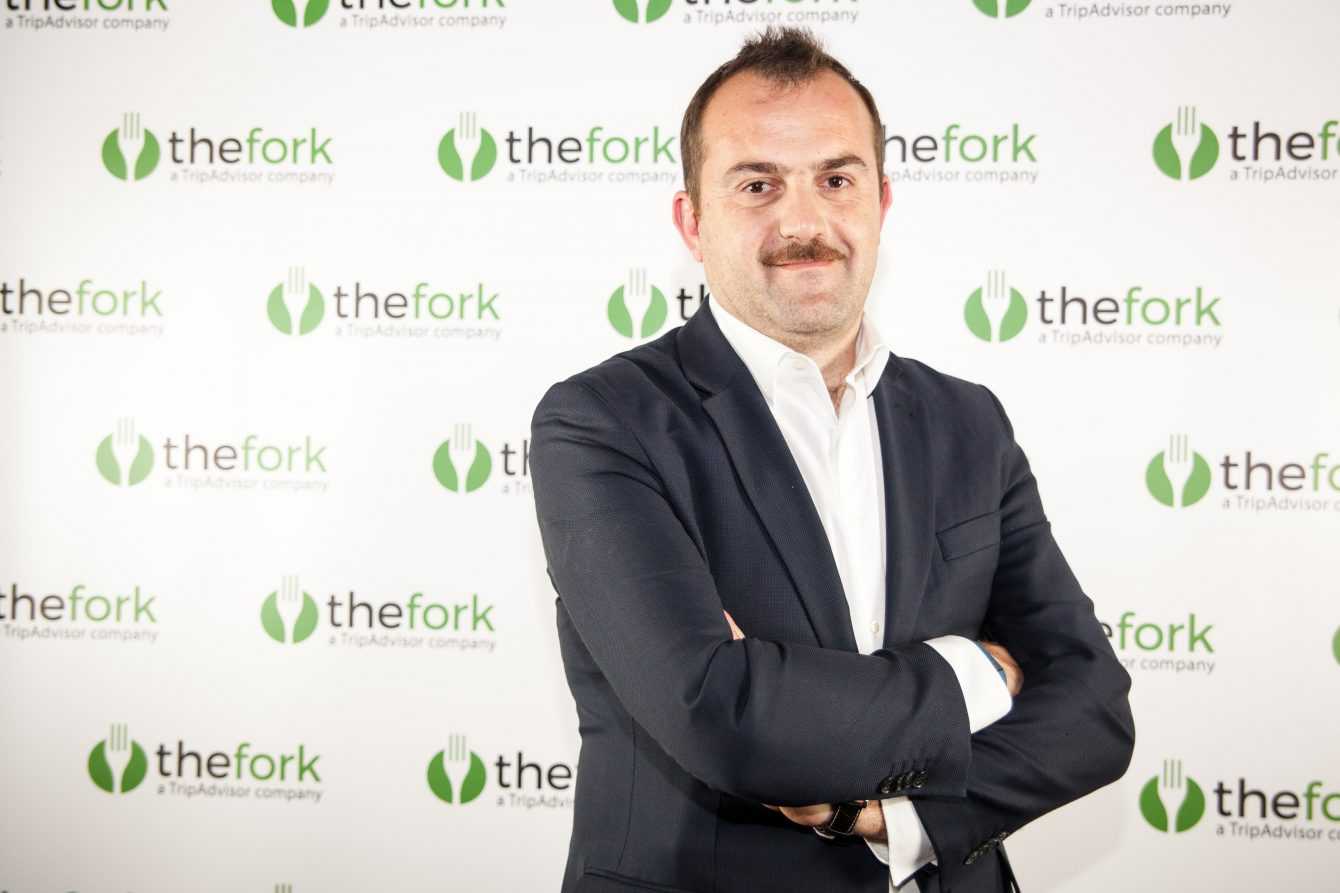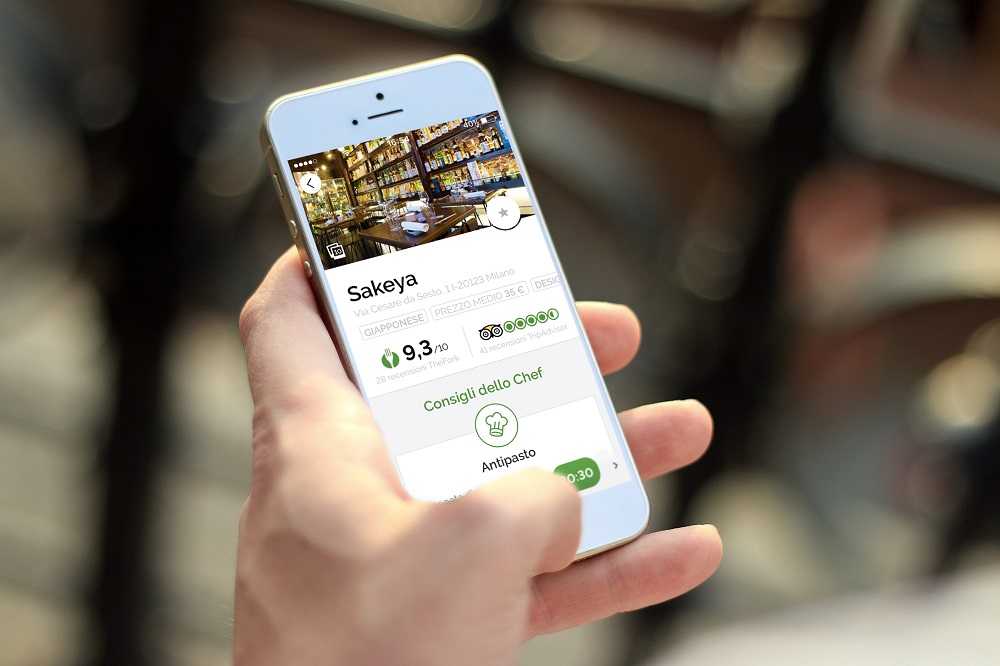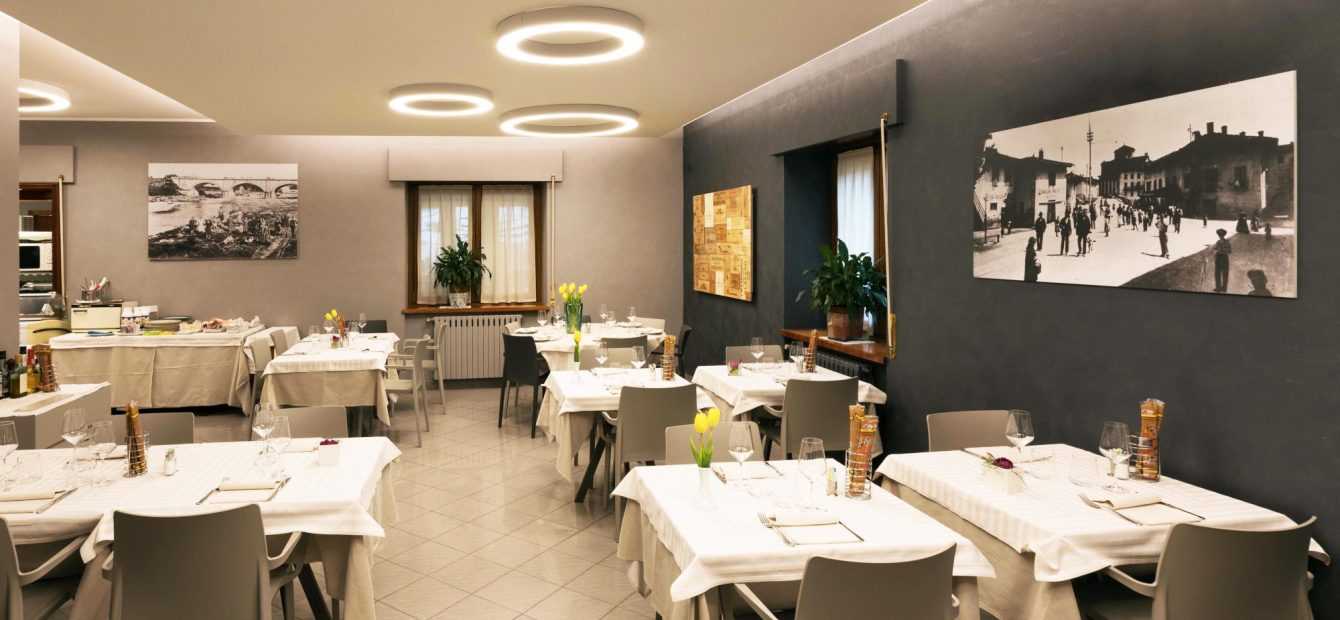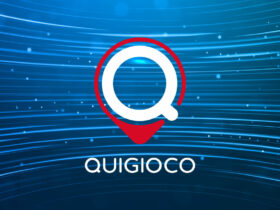TheFork platform is one of the most used to book a restaurant. During this period of gradual recovery to normal, such a powerful and versatile tool is very useful for flexibly managing reservations and also keeping track of customers. With this interview we will go to better understand how it works and what are the potential of this application
We are witnessing a gradual but steady resumption of normal life. With however, in June there will be an important turning point: many regions could pass into the white zone which implies the absence of curfews and restrictions on openings, even if the mask will probably accompany us throughout the summer. Anyway, we can soon enjoy a nice dinner or a pizza in peace obviously after booking a table to avoid overcrowding. To book a restaurant TheFork is a very powerful tool that allows us, for example, to get a preview of prices and menus, it also allows restaurateurs to better organize customers within the restaurant. But to fully understand how TheFork’s platform works and how it can help us in this transition to normalcy, we spoke with Andrea Arizzi, Head of New Business Italy, France and Belgium, portavoce TheFork per l’Italia.

The restart with TheFork | Interview with Andrea Arizzi
About a month has passed since the restaurants reopened. Now we can draw the first conclusions: what can The Fork’s data tell us about reservations? Do they confirm or deny a return to normal?
We cannot yet speak of a return to normality, because there are containment measures that limit the capacity of restaurants and which are still necessary to protect health safety and consequently avoid other lock-downs. On the other hand, there is a desire to go out and the demand for tables in the restaurant is strong and stable. Three weeks after the reopening and with the 46% of restaurants reopened, the restaurant sector is resuming its activity. An encouraging trend if you consider that today only restaurants with open spaces offer table service. With the easing of the curfew thanks to bookings from 21 onwards, an increase of 35% in seats can be estimated, destined to grow with the reopening indoors from 1 June. From the point of view of consumers, the desire to return to live experiences at the restaurant is strongly present: in the week just ended, compared to the first 7 days of reopening, it was observed an increase in bookings in Italy equal to 36% and are 75% more than in May 2020. The growth in bookings from April 26 to today is most marked in Piedmont, where they increased by 62%, followed by Lombardy with an increase of 48%. The trend is also positive in other European countries: in recent weeks bookings on TheFork have grown by 44% in the UK, by 23% in Switzerland and by 10% in Spain.
Why can The Fork be a fundamental tool in this restart phase?
TheFork helps restaurants reopen with advanced features of our TheFork Manager, which allows you to optimize bookings and room management through the appropriate plan. Everything is digitized – therefore also the booking agenda – in which customer details can be entered, so that they can be used for recall in order to avoid no-shows and for any tracing of infections. Not only. Thanks to its “showcases” to the customer or the TheFork app, Tripadvisor and many other partner sites, the restaurants on TheFork benefit from marketing actions that give impetus to reopening. They range from those “included” in the presence on TheFork automatically: card with photos and menus, campaigns on major search engines and social media, CRM activations on millions of users around the world, virtuous word of mouth generated with reviews, press office TheFork, communication campaigns on social media, tools that fight no-shows and much more. A further possibility that the restaurant can activate at its discretion, for example promotions from 20 to 50%, YUMS loyalty points, TheFork PAY catactless payments, TheFork Gift Cards and so on.

How booking with TheFork can change our habits | Interview with Andrea Arizzi
Have the ease of use and immediacy of The Fork, combined with the possibility of seeing prices and menus in preview, proved effective as an incentive to go out even outside of special occasions such as parties and birthdays?
Certainly. There has been a desire to live diversified gastronomic experiences for years, a desire to grow after more than a year of lockdown. So of course you are always looking for new restaurants to try and not just for special occasions. Think that the word anniversary is barely mentioned in 1344 reviews, that birthday in about 3,000. There are 22 million reviews on TheFork (the latter globally). Thanks to TheFork it is possible to find a different restaurant every evening and people rightly “take advantage” of it. By inquiring online they have the opportunity to discover many news on their way home or on the road, to find information so that the experience is in line with expectations and to secure the table, a last not negligible advantage especially now that there is the capacity limited and therefore we want to be sure that the chosen restaurant is open and that we have a table. There presence of dedicated filters in the styles and occasions section and the ability to read the reviews allows you to find the restaurant in line with your expectations on all occasions.
In the past it was common to get to know restaurants and pizzerias by word of mouth. This perhaps limited the possibilities of choice. The Fork, on the other hand, makes it easier to explore the flavors around us. Has this possibility changed our habits a bit? Has it made us more curious about exotic flavors or are we still very close to traditions?
We are certainly more curious not only and not so much with respect to the type of cuisine tout court but rather with respect to the 360-degree experience, which it therefore includes the service, the location, the atmosphere and then of course also the dishes. When we leave the house, now more than ever, we want to feel pampered. However, as far as cooking tastes are concerned, the first positions are always occupied by home flavors. Restaurants with Mediterranean cuisine – followed by pizzerias – and with an average price between € 30 and € 40 are the favorites of these first weeks.

TheFork and the relationship with the territory | Interview with Andrea Arizzi
On average, how many restaurants choose TheFork to manage their reservations in a city? In your opinion, what are the greatest resistances?
We have about 20,000 partner restaurants in Italy in the face of a catering sector that includes hundreds of thousands of businesses. If we count that we started from a few thousand, the growth has so far been exponential. Surely 5 or 6 years ago the digitization of restaurants was in its infancy, so it was there a training gap with respect to the use of tools like ours. In the meantime, giant steps have been taken because there has been a growing adoption of digital tools driven by the efficiency and the ability to generate business that they entail. The last year has represented a further step in this direction both because digital has served to effectively preserve a business line and because this has allowed operators to understand its value. According to the latest “Food Report 2020” by Fipe-Confcommercio, experts believe that the relaunch of the sector will go from an enhancement of digital services, food delivery in the lead, and a greater focus on product quality, originality in the offer, marketing and sustainability.
Cuisine is a cornerstone of Italian culture and is deeply rooted in our territory with a wide range of nuances and flavors. Are there any geographical, personal or culinary differences in using The Fork?
Nothing peculiar to digital booking, rather TheFork it is a faithful mirror of the behavior of consumption in the restaurant in general. It embraces every type of user from a personal point of view, although the most loyal ones are in the 30-60 range, since they have greater spending power. There men / women division is almost 50 and 50. As for the most booked cuisines in each region, those of the territory tend to excel, therefore on a national basis a preference for Italian regional gastronomy and Mediterranean cuisine is confirmed, although there are some evergreens ranging from pizza to some types of ethnic ( Chinese and Japanese in the lead). There are also differences between north and south, for example, in the north of book first even if the last year has changed a lot the habits of people in this sense as in 2019 they booked on average 3/4 hours before meals, while from April 26, 2021 to today, customers booked an average of 19 hours in advance. In addition, consumers have adapted to the restrictions: having limited time for dinner, lunch has greatly increased. In 2019 it represented 19% of bookings, today 53%.

The relationship between TheFork and customers | Interview with Andrea Arizzi
This platform caters to both consumers and merchants. In your opinion, is The Fork more advantageous for the customer or the restaurateur?
For both: TheFork’s strength lies in its win win business model. We are successful as a business only if the customers are satisfied and the restaurants generate through our additional business system.
Finally, what would you say to those who have never tried TheFork?
To restaurants that have never worked with us from try our service by taking advantage of the free of the more advanced versions of the ERP. For these, in addition to the booking fee on which our business model is based, it is usually provided a monthly fee. We have decided to delete it for a few months to allow new restaurants to take advantage of the advanced features this summer of our electronic reservations agenda to restart the business after months of stagnation. To our customers at a time when it is essential to support the catering sector in Italy. According to FIPE, food spending outside the home has collapsed by 31 billion euros, 97.5% of companies in the sector recorded a drop in turnover in 2020 which for 6 out of 10 restaurateurs exceeded 50% of the previous year’s turnover. It is clear that all consumers, where they can or have even accumulated savings in the lockdown, are called upon to support Italian gastronomy, thus also protecting its economic and cultural importance. We are a valuable tool to help all users discover new restaurants, potentially having a different gastronomic experience every evening, discovering new flavors both on the way home and …















Leave a Reply
View Comments